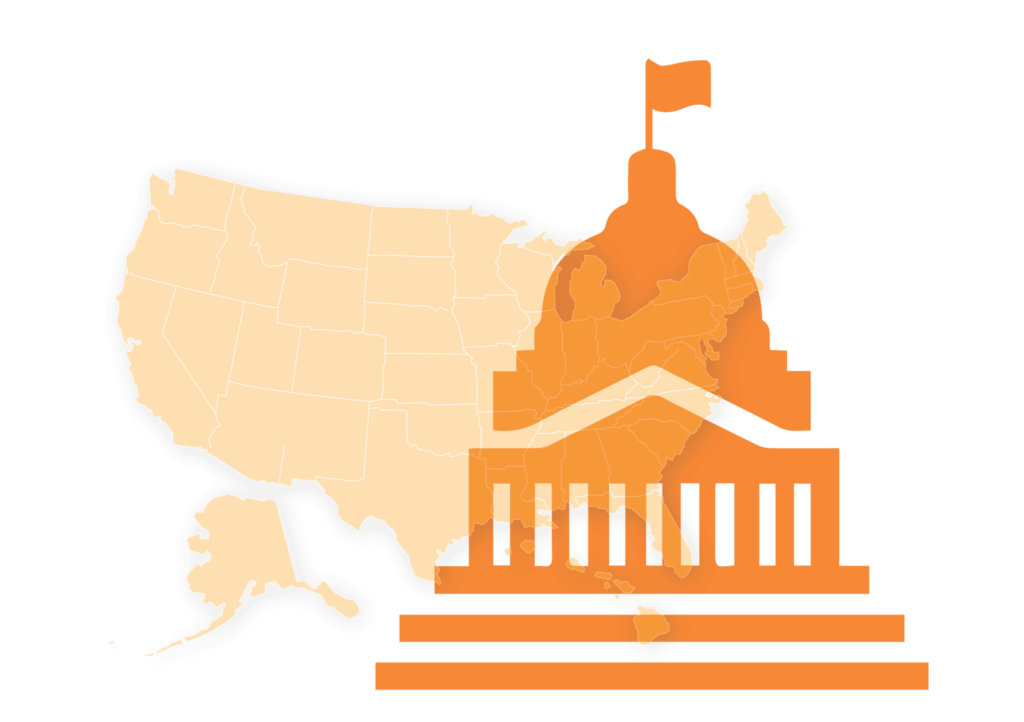11 Ways Governors Can Use Their Federal Stimulus Funds to Prioritize Education Equity
The CARES Act (S.3548) allocates nearly $31 billion to P-12 and higher education as part of an education stabilization…

The CARES Act (S.3548) allocates nearly $31 billion to P-12 and higher education as part of an education stabilization fund. Of that fund, almost 10% — 3 billion dollars — is allocated to governors through the Governor’s Emergency Education Relief Fund (GEERF) to use for P-12 or higher education programs or projects at their discretion. These funds can be used to support significantly impacted local educational agencies (LEAs), institutions of higher education (IHEs), or education-related entities to support the continuation of educational services, the provision of childcare and early childhood education, social and emotional support, and the protection of education-related jobs.
Given that the pool of funds available is limited, governors should be targeting funding to support students’ and families’ immediate, one-time needs rather than standing up new programs that may face implementation delays, lack the infrastructure needed for broad outreach, or create unsustainable programs or practices that school districts and institutions cannot support in the future. Funding
must be targeted at the highest need families, schools, and institutions that have been disproportionately impacted by COVID-19, and governors should work with their chief education leader(s) to ensure funds are used in coordination with the additional $28 billion
provided by the CARES Act Education Stabilization Fund.
Governors can use the GEERF to support LEAs, IHEs, and educational entities the state deems as being “significantly impacted” by the coronavirus. The Department of Education’s (ED) application for governor’s funds requires governors to submit a report within 45 days that describes the governor’s process for awarding funds, including: (1) the criteria for determining the entities that are most “significantly impacted” by the coronavirus, and (2) a description of the process and deliberations involved in formulating those criteria. On the first, we know that this crisis will exacerbate existing inequities; therefore, we strongly encourage governors to design criteria that consider the impact of pre-existing inequities (including inequitable local funding), COVID-19’s disproportionate health and economic impacts on communities of color and people from low-income backgrounds, and the disparate impact of school closures on student learning, so they can ensure funds are directed to the entities with the greatest needs. In designing these criteria to consider a wide range of factors, governors should allow for a robust public engagement process that allows for input from a diverse set of stakeholders that are being directly impacted, including community advocates, families, students, teachers, school leaders, and public health experts.
The federal application for funding notes that states may be required to report on which entities receive funds, as well as how funds are used, including to support addressing the digital divide and related issues in distance learning. To that end, governors should be publicly reporting this information and prepared to share it with the ED. This transparency is critical to provide the state and other stakeholders, including community members, with information on how funds are being spent in response to this pandemic.
Due to the far-reaching and devastating impact that the coronavirus has had on educational opportunity for students from low-income backgrounds and students of color, governors should use these funds to fill important equity gaps for our most vulnerable students by investing dollars in:
Governors can help relieve the burden of the coronavirus on college students by investing in the following areas:
Governors can help relieve the burden of the coronavirus on college students by taking the following actions via legislative, regulatory, or executive order: